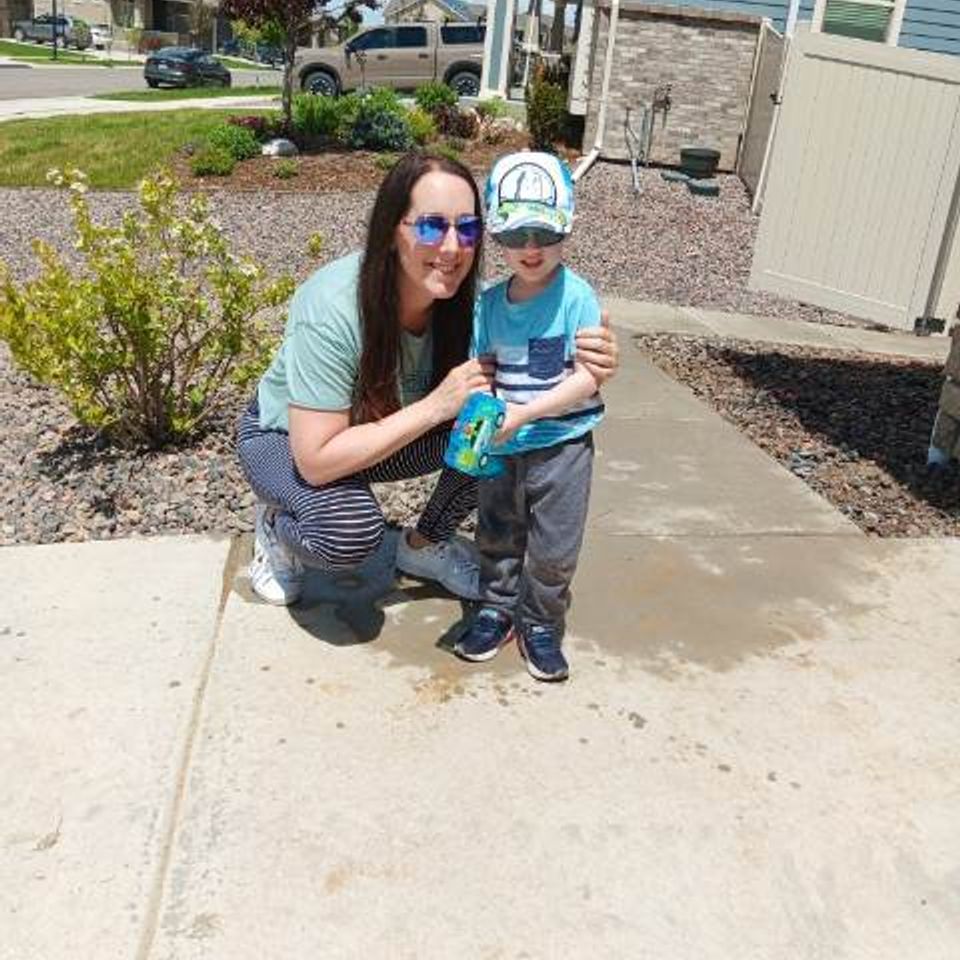
Our Spring & Summer Services!
Winter has passed, but Don King Landscaping is here to help make sure you don't forget about all of the amazing services we offer for spring and summer! From landscaping, fencing, concrete work, deck and patio construction, to basic remodeling, we have you covered for all your outdoor needs. Look no further and let us help make your outdoor dreams come true this season! Call us for an estimate.
